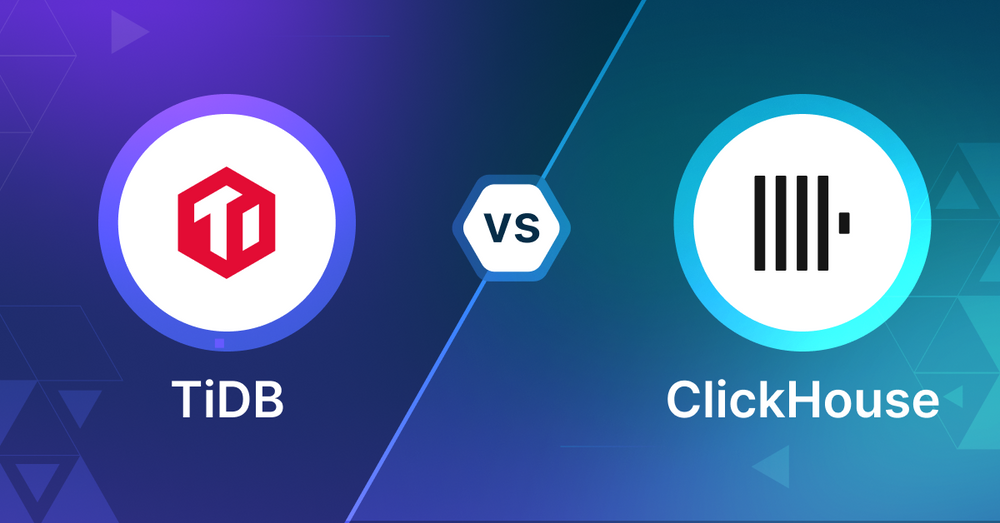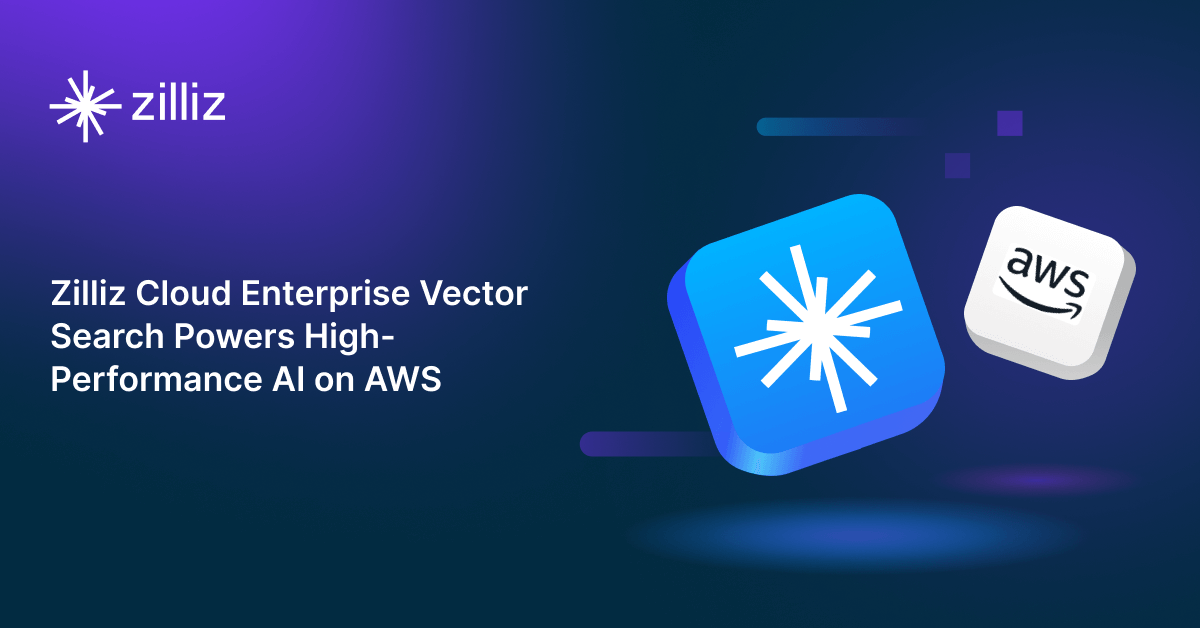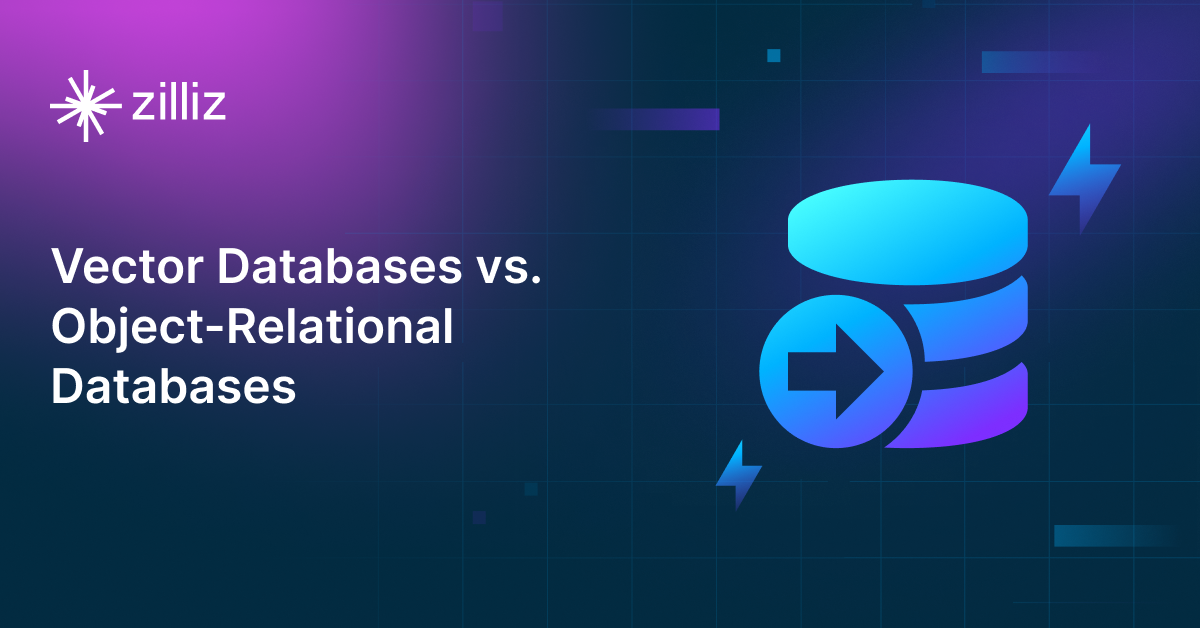TiDB vs ClickHouse Choosing the Right Vector Database for Your AI Apps

What is a Vector Database?
Before we compare TiDB and ClickHouse, let's first explore the concept of vector databases.
A vector database is specifically designed to store and query high-dimensional vectors, which are numerical representations of unstructured data. These vectors encode complex information, such as the semantic meaning of text, the visual features of images, or product attributes. By enabling efficient similarity searches, vector databases play a pivotal role in AI applications, allowing for more advanced data analysis and retrieval.
Common use cases for vector databases include e-commerce product recommendations, content discovery platforms, anomaly detection in cybersecurity, medical image analysis, and natural language processing (NLP) tasks. They also play a crucial role in Retrieval Augmented Generation (RAG), a technique that enhances the performance of large language models (LLMs) by providing external knowledge to reduce issues like AI hallucinations.
There are many types of vector databases available in the market, including:
- Purpose-built vector databases such as Milvus, Zilliz Cloud (fully managed Milvus)
- Vector search libraries such as Faiss and Annoy.
- Lightweight vector databases such as Chroma and Milvus Lite.
- Traditional databases with vector search add-ons capable of performing small-scale vector searches.
TiDB is a traditional database and ClickHouse is an open-source column-oriented database. Both have vector search as an add-on. This post compares their vector search capabilities.
TiDB: Overview and Core Technology
TiDB, developed by PingCAP, is an open-source, distributed SQL database that offers hybrid transactional and analytical processing (HTAP) capabilities. It is MySQL-compatible, making it easy to adopt for teams already familiar with the MySQL ecosystem. TiDB's distributed SQL architecture provides horizontal scalability like NoSQL databases while retaining the relational model of SQL databases, making it highly flexible for handling both transactional and analytical workloads.
One of TiDB's core strengths is its HTAP architecture, which allows it to process transactional (OLTP) and analytical (OLAP) workloads in a single database, reducing the need for separate systems. Additionally, TiDB's MySQL compatibility makes it easy to integrate into existing environments that rely on MySQL without significant changes to the application code. The database also features auto-sharding, automatically distributing data across nodes to improve read and write performance while maintaining strong consistency.
TiDB supports vector search through integration with external libraries and plugins, enabling efficient management and querying of vectorized data. This feature, combined with TiDB's HTAP architecture, makes it a versatile option for businesses needing vector search capabilities alongside transactional and analytical workloads. The distributed architecture of TiDB allows it to handle large-scale vector queries once the necessary configurations are in place.
While including vector search functionalities in TiDB requires additional configuration, the system's SQL compatibility allows developers to combine vector search with traditional relational queries. This flexibility makes TiDB suitable for complex applications that require both vector search and relational database capabilities, offering a comprehensive solution for diverse data management needs.
ClickHouse: Overview and Core Technology
ClickHouse is an open-source real-time OLAP database known for its full SQL support and high-speed query processing. It excels at handling analytical queries due to its fully parallelized query pipeline, allowing it to perform vector search operations quickly. Its high levels of compression, customizable through codecs, enable ClickHouse to store and query large datasets effectively. One of its key strengths is that it can handle multi-TB datasets without being constrained by memory, making it a powerful tool for users dealing with large-scale vector data. It also supports filtering and aggregation on metadata, allowing developers to perform complex queries on both vectors and their associated metadata.
ClickHouse integrates vector search functionality through its SQL capabilities, where vector distance operations are treated like any other SQL function. This allows seamless combination with traditional filtering and aggregation, making it ideal for use cases where vector data needs to be queried alongside metadata or other information. Additionally, experimental features like Approximate Nearest Neighbour (ANN) indices offer faster, though approximate, matching capabilities. ClickHouse also supports exact matching through a linear scan over rows, with its parallelized processing ensuring high speed and efficiency.
ClickHouse is an excellent option for vector search when combining vector matching with metadata filtering or aggregation is important. It's especially useful for very large vector datasets that need to be processed in parallel across multiple CPU cores. ClickHouse is also advantageous when SQL support is necessary, and the vector dataset is too large to rely on memory-only indices. Additionally, if you already have related data in ClickHouse or wish to avoid learning another tool for managing millions of vectors, ClickHouse can save you both time and resources. Its strengths lie in fast, parallelized exact matching and handling large datasets, making it suitable for users with advanced search requirements.
ClickHouse stands out as a versatile platform for vector search, particularly when dealing with large datasets that require parallelized processing and when combining vector searches with SQL-based filtering and aggregation. While it may not be as specialized for small, memory-bound datasets or high-QPS scenarios as dedicated vector databases, its ability to handle complex queries, including metadata, makes it a powerful option for developers familiar with SQL who need high-speed vector search capabilities.
Key Differences
Search Architecture
TiDB handles vector search through external plugins while maintaining its HTAP capabilities. It enables combined vector and relational queries through MySQL-compatible syntax.
ClickHouse implements vector search directly within its SQL framework, treating vector operations like standard SQL functions. It uses a fully parallelized query pipeline, supporting both exact matching through linear scans and approximate matching via ANN indices.
Data Management
TiDB excels at hybrid workloads, managing both transactional and analytical data with auto-sharding. It distributes data across nodes automatically while maintaining strong consistency.
ClickHouse focuses on analytical workloads with high compression ratios. It can process multi-TB vector datasets without memory constraints, allowing efficient filtering and aggregation on both vectors and metadata.
Performance and Scalability
TiDB scales horizontally through its distributed architecture, but vector search performance depends on external library configuration.
ClickHouse achieves high performance through parallelized processing across CPU cores. It handles large-scale vector queries efficiently, especially when combined with metadata filtering.
Integration
TiDB offers MySQL compatibility, making it suitable for existing MySQL environments. Vector search requires additional setup and external libraries.
ClickHouse provides native SQL support for vector operations, enabling seamless integration of vector search with traditional SQL queries.
When to use TiDB
TiDB is the best choice when you need both transactional and analytical processing in a MySQL compatible environment. Its distributed architecture and auto-sharding capabilities make it perfect for large scale applications that require strong consistency, especially those already invested in the MySQL ecosystem. TiDB works best when vector search is part of a broader data strategy that includes traditional database operations.
When to use ClickHouse
ClickHouse is best for organizations with massive vector datasets that need high speed analytical processing. Its native vector search capabilities, combined with parallel processing and SQL integration make it perfect for data scientists and engineers who need to perform complex queries involving both vector operations and metadata filtering. It’s especially powerful when memory optimization and query performance are top priority.
Summary
TiDB and ClickHouse are for different use cases - TiDB is for hybrid transactional-analytical processing with MySQL compatibility, ClickHouse is for high speed analytical processing and native vector search. Choose based on your needs: TiDB for distributed SQL with vector search as an add-on, or ClickHouse for dedicated analytical processing with vector built-in. Consider your existing infrastructure, data size, query patterns and performance requirements when making the decision.
Read this to get an overview of TiDB and ClickHouse but to evaluate these you need to evaluate based on your use case. One tool that can help with that is VectorDBBench, an open-source benchmarking tool for vector database comparison. In the end, thorough benchmarking with your own datasets and query patterns will be key to making a decision between these two powerful but different approaches to vector search in distributed database systems.
Using Open-source VectorDBBench to Evaluate and Compare Vector Databases on Your Own
VectorDBBench is an open-source benchmarking tool for users who need high-performance data storage and retrieval systems, especially vector databases. This tool allows users to test and compare different vector database systems like Milvus and Zilliz Cloud (the managed Milvus) using their own datasets and find the one that fits their use cases. With VectorDBBench, users can make decisions based on actual vector database performance rather than marketing claims or hearsay.
VectorDBBench is written in Python and licensed under the MIT open-source license, meaning anyone can freely use, modify, and distribute it. The tool is actively maintained by a community of developers committed to improving its features and performance.
Download VectorDBBench from its GitHub repository to reproduce our benchmark results or obtain performance results on your own datasets.
Take a quick look at the performance of mainstream vector databases on the VectorDBBench Leaderboard.
Read the following blogs to learn more about vector database evaluation.
Further Resources about VectorDB, GenAI, and ML
- What is a Vector Database?
- TiDB: Overview and Core Technology
- ClickHouse: Overview and Core Technology
- Key Differences
- When to use TiDB
- When to use ClickHouse
- Summary
- Using Open-source VectorDBBench to Evaluate and Compare Vector Databases on Your Own
- Further Resources about VectorDB, GenAI, and ML
Content
Start Free, Scale Easily
Try the fully-managed vector database built for your GenAI applications.
Try Zilliz Cloud for FreeKeep Reading

Zilliz Cloud Enterprise Vector Search Powers High-Performance AI on AWS
Zilliz Cloud delivers blazing-fast, secure vector search on AWS, optimized for AI workloads with AutoIndex, BYOC, and Cardinal engine performance.

Vector Databases vs. Object-Relational Databases
Use a vector database for AI-powered similarity search; use an object-relational database for complex data modeling with both relational integrity and object-oriented features.

AI Integration in Video Surveillance Tools: Transforming the Industry with Vector Databases
Discover how AI and vector databases are revolutionizing video surveillance with real-time analysis, faster threat detection, and intelligent search capabilities for enhanced security.
The Definitive Guide to Choosing a Vector Database
Overwhelmed by all the options? Learn key features to look for & how to evaluate with your own data. Choose with confidence.